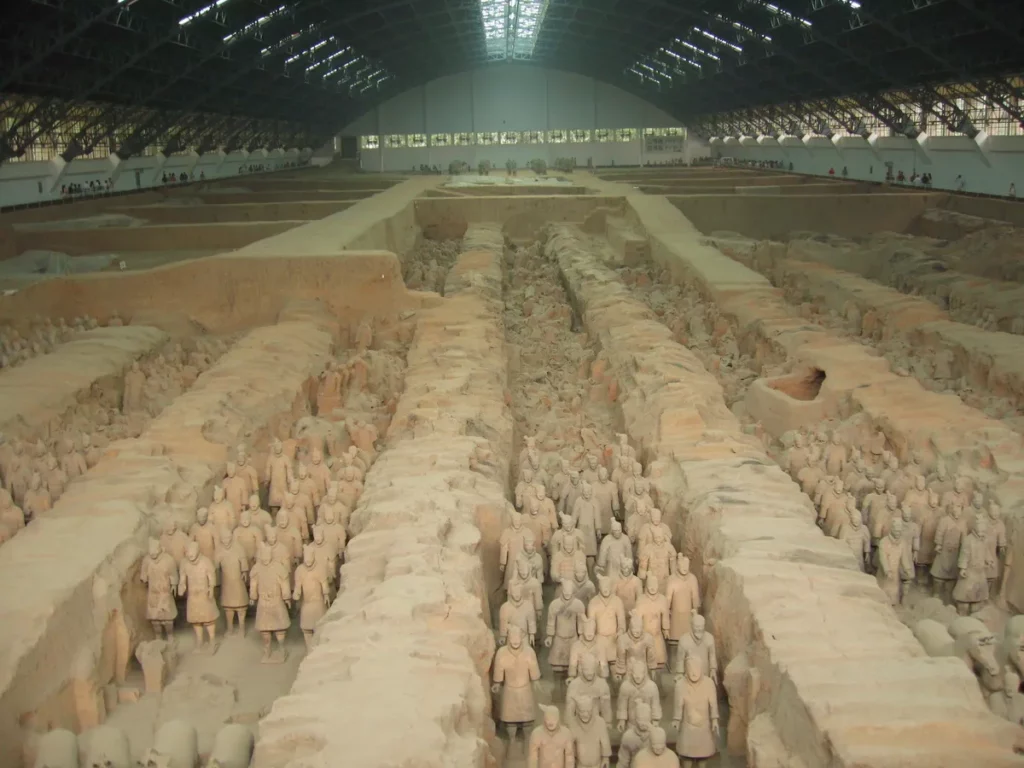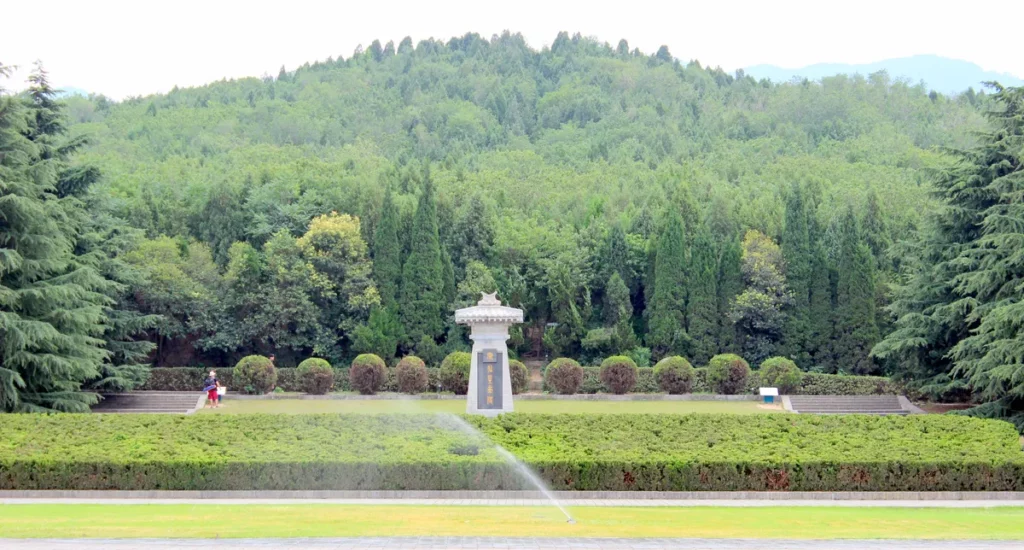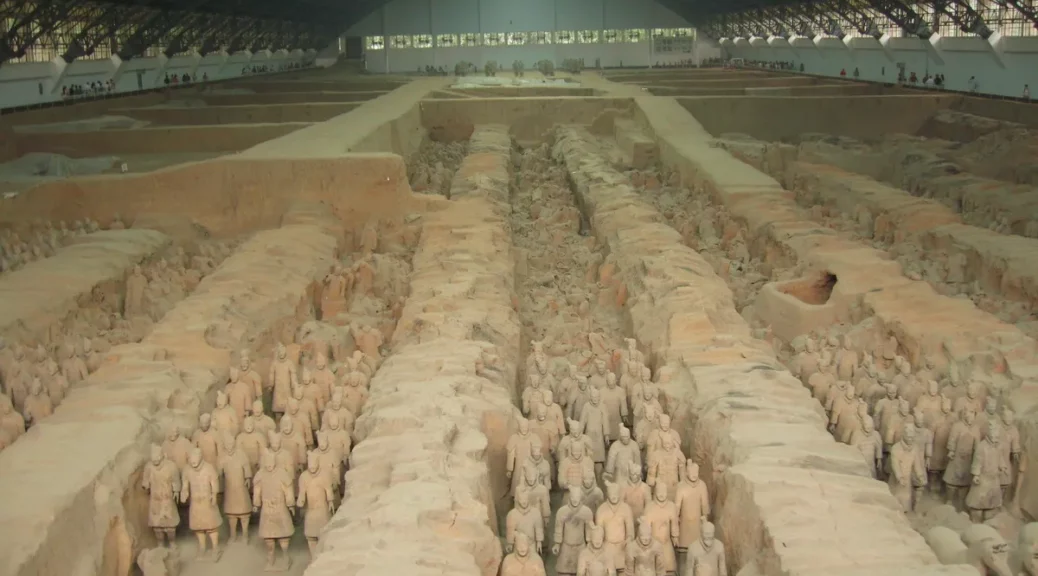Archaeologists Are Too Terrified To Look Inside Tomb Of China’s First Emperor
In 1974, farmers stumbled across one of the most important archaeological discoveries of all time in an unassuming field in the Shaanxi province of China.

While digging, they found fragments of a human figure made out of clay. This was just the tip of the iceberg. Archaeological excavations revealed the field was sitting above a number of pits that were jam-packed with thousands of life-size terracotta models of soldiers and war horses, not to mention acrobats, esteemed officials, and other animals.
It appears that the mission of this Terracotta Army was to guard the nearby mausoleum of Qin Shi Huang, the formidable first emperor of the Qin dynasty who ruled from 221 to 210 BCE.
While large parts of the necropolis surrounding the mausoleum have been explored, the emperor’s tomb itself has never been opened despite the huge amount of intrigue that surrounds it. Eyes have perhaps not peered inside this tomb for over 2,000 years, when the feared emperor was sealed inside.
A prime reason behind this hesitancy is that archaeologists are concerned about how the excavation might damage the tomb, losing vital historical information. Currently, only invasive archaeological techniques could be used to enter the tomb, running a high risk of causing irreparable damage.
One of the clearest examples of this comes from the excavations of the city of Troy in the 1870s by Heinrich Schliemann. In his hastiness and naivety, his work managed to destroy almost all traces of the very city he’d set out to uncover. Archaeologists are certain they don’t want to be impatient and make these same mistakes again.
Scientists have floated the idea of using certain non-invasive techniques to look inside the tomb. One idea is to utilize muons, the subatomic product of cosmic rays colliding with atoms in the Earth’s atmosphere, which can peer through structures like an advanced X-ray. However, it looks like most of these proposals have been slow to get off the ground.

Cracking open the tomb could come with much more immediate and deadly dangers too. In an account written by ancient Chinese historian Sima Qian around 100 years after Qin Shi Huang’s death, he explains that the tomb is hooked up to booby traps that were designed to kill any intruder.
“Palaces and scenic towers for a hundred officials were constructed, and the tomb was filled with rare artifacts and wonderful treasure. Craftsmen were ordered to make crossbows and arrows primed to shoot at anyone who enters the tomb.
Mercury was used to simulate the hundred rivers, the Yangtze and Yellow River, and the great sea, and set to flow mechanically,” it reads.
Even if the 2,000-year-old bow weapons fail, this account suggests a flood of toxic liquid mercury could wash across the gravediggers. That might sound like an empty threat, but scientific studies have looked at mercury concentrations around the tomb and found significantly higher levels than they’d expect in a typical piece of land.
“Highly volatile mercury may be escaping through cracks, which developed in the structure over time, and our investigation supports ancient chronicle records on the tomb, which is believed never to have been opened/looted,” the authors of one 2020 paper conclude.
For the time being, the tomb of Qin Shi Huang remains sealed and unseen, but not forgotten. When the time is right, however, it’s possible that scientific advancements could finally delve into the secrets that have been lying here undisturbed for some 2,200 years.
An earlier version of this story was published in January 2023.
